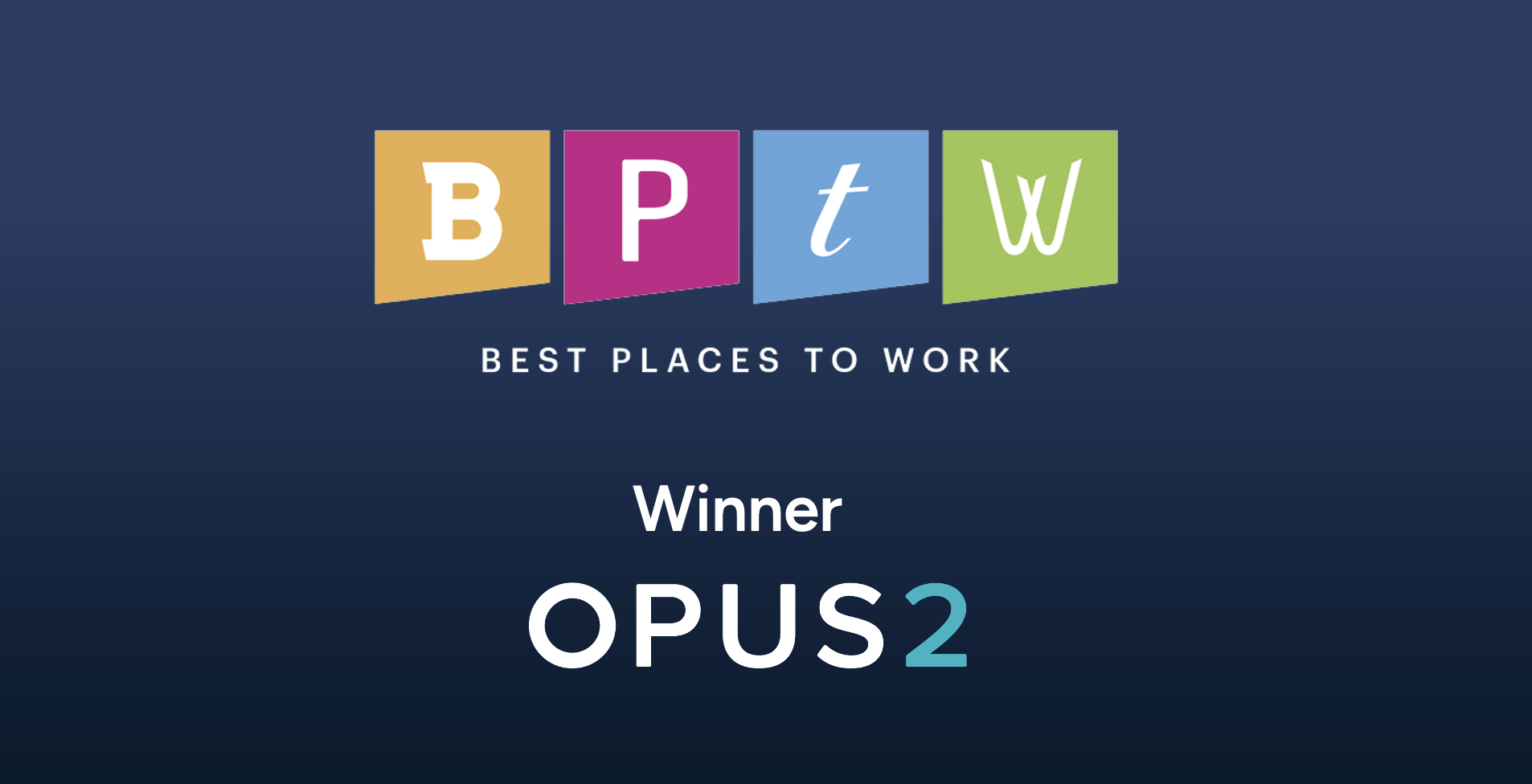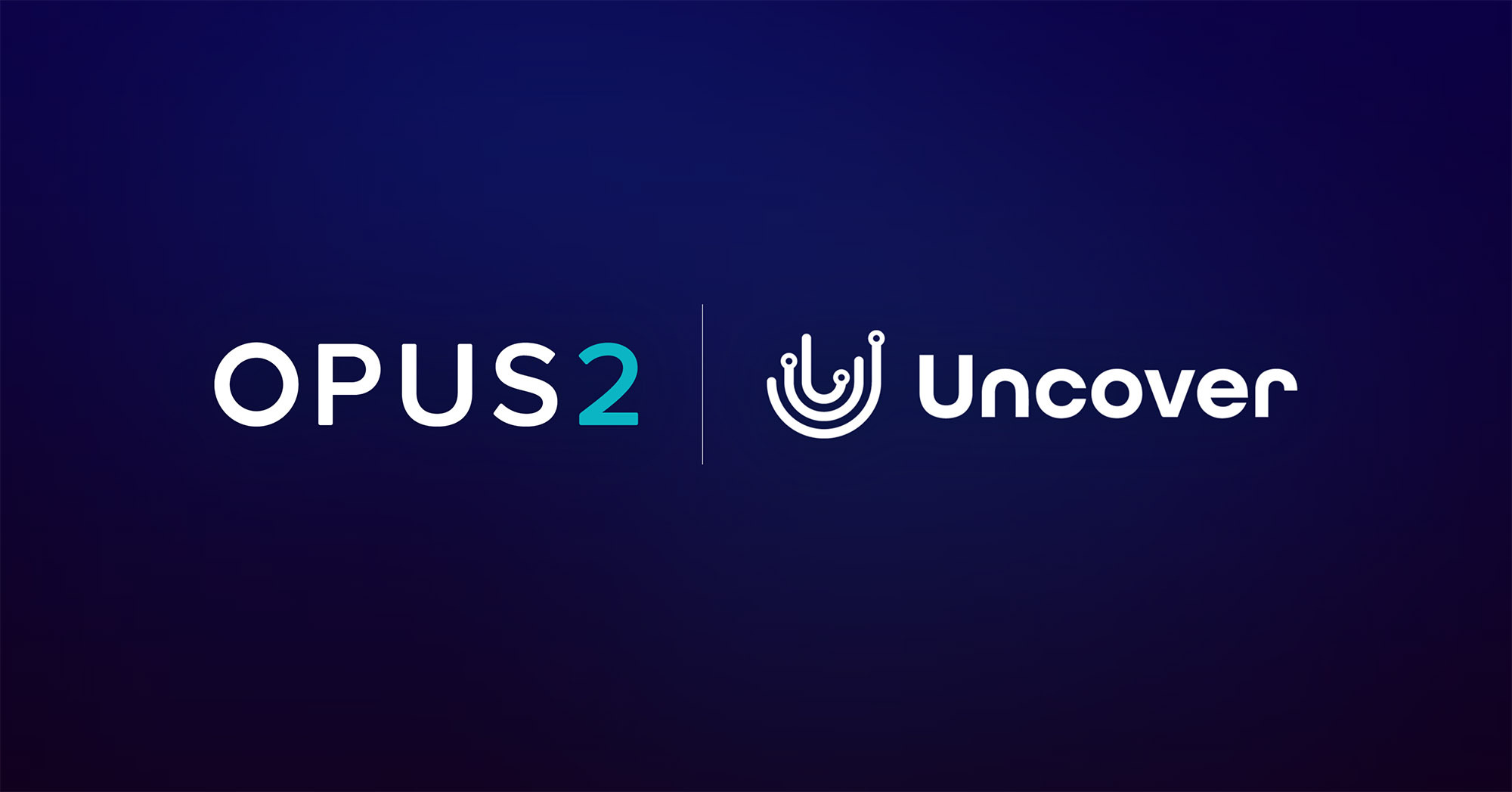Innovation in litigation support has become more critical than ever. As legal teams face rising data volumes, growing case complexity, and client pressure to deliver results efficiently, the need for smarter processes and tools continues to intensify.
Recent findings from the Advancing Litigation Support to Fuel Growth in a Changing Legal Market report by Ari Kaplan Advisors underscore the challenge: 93% of litigation support professionals report managing increasing data volumes, yet half say the number of documents or exhibits used at trial remains unchanged. This disconnect between the volume of information that must be processed and its practical use in courtrooms highlights an urgent need to streamline case management.
At the same time, 80% of law firms say their litigation departments are expected to contribute to firm growth, placing additional pressure on support teams to deliver greater value. The solution? A strategic, problem-focused approach to innovation that empowers litigation teams to meet evolving demands.
1. Identify your top needs
Innovation should never be an exercise in chasing trends. It should begin with a clear understanding of your team’s specific challenges. According to the research, 43% of respondents said they could save time by investing in new solutions—yet knowing what to replace and why is essential.
For example, increased data complexity can make it harder for litigation support professionals to prepare case chronologies or summarize depositions effectively. Similarly, managing multiple lengthy transcripts in a large case can quickly become a bottleneck. Pinpointing which workflows are slowing your team down will help you focus innovation efforts where they matter most.
Artificial intelligence is emerging as a key area of investment, with nearly 9 in 10 respondents saying AI-assisted case management offers a competitive edge. Common AI use cases in litigation include document analysis, transcript review, chronology creation, and case strategy—each helping legal professionals accelerate key tasks and refocus on higher-value work.
Looking for more AI use cases? Download this guide: Harnessing AI for legal case management.

2. Embrace incremental improvements
Even the most promising technology can fall flat without the time and space to implement it. Inadequate time is one of the most frequently cited barriers to innovation in litigation support, which is why a phased approach to innovation is often more effective than sweeping transformation.
Many litigation support professionals have found success by introducing innovation in small, manageable steps. This not only reduces disruption but also builds momentum. As one litigation leader put it, the goal is not to be “super innovators,” but to enable attorneys to deliver exceptional client service.
Start with the highest-impact improvements, then build on those early wins. This approach encourages adoption, supports team morale, and demonstrates the value of investing in innovation to skeptical stakeholders.
3. Break down barriers to adoption
In addition to limited time, other common roadblocks to innovation in litigation support include budget constraints, lack of firm-wide interest, and challenges with adoption. These factors are often interconnected—without strong user adoption, it’s difficult to justify further investment or attract leadership buy-in.
Gaining team-wide legal tech adoption often starts with a core group of power users. While only 57% of law firms say their trial lawyers consistently use available tools, empowering litigation support teams, paralegals, and associates can lead to a ripple effect. So focusing on onboarding, training, and ongoing support efforts on the team members most likely to be energized and excited by the solution’s potential can help deliver results. As one survey participant noted, “Once paralegals and associates become avid users, the partners follow suit.” This approach can help boost return on investment, drive partner engagement, and amplify the visibility of successful initiatives.
4. Invest in modern, adaptable solutions
Legacy systems are increasingly falling short of what litigation teams need. Nearly 40% of respondents in the Ari Kaplan Advisors report use tools that are more than six years old, while 20% say their technology is insufficient for today’s litigation challenges.
Cloud-based case management software and AI-powered tools are helping to close this gap. These solutions typically offer lower maintenance costs, better scalability, and more frequent updates that incorporate the latest advancements. For example, modern case management software can centralize key litigation workflows—such as evidence organization, transcript management, and case analysis—helping teams stay agile and aligned.
The future of litigation support is strategic
Innovation in litigation support doesn’t need to be flashy to be effective. The most impactful changes are often the ones that solve everyday challenges, streamline repetitive tasks, and give legal professionals more time to focus on case strategy.
By identifying areas of friction, taking small but meaningful steps forward, and choosing modern tools that align with your team’s needs, litigation professionals can position themselves to thrive—regardless of how the market evolves.
Now is the time to move beyond outdated processes and take a smarter, more strategic approach to litigation support. For legal teams ready to evolve, the path to innovation starts with the right questions—and the right technology to answer them.
Want to explore more insights from the litigation support research? Download the report now.








